
Market up on buying from Millers and Stockist
Stockists and mills kept buying tuar due to the better quality of the new crop in the local markets, resulting in a bullish trend last week.
Mumbai
Demand was normal, causing Mumbai lemon prices to fall by Rs. 50 per quintal to Rs. 6,000/6,050. Arusha sold at Rs. 5,250/5,300, Gajri at Rs. 5,200/5,250 and Sudan at Rs. 6,250 per quintal last week.
Burma
There was slow export demand for Burma tuar prices and Burma lemon remained stable at $ 800 per quintal.
Delhi
Buying improved last week and prices increased by Rs. 100 per quintal. Delhi Lemon prices reached Rs. 6,400, Maharashtra line Rs. 6,400, Haryana / Uttar Pradesh Rs. 5,700 and Madhya Pradesh Rs. 5,900 per quintal.
Maharashtra
In Maharashtra, arrivals of tuar increased and, due to continued demand from local millers and stockists, prices rose by Rs. 100/200 per quintal in almost all the local markets. By the weekend, Solapur traded at Rs. 5,500/6,425, Amravati at Rs. 5,800/6550, Nagpur at Rs. 6,700, Dudhni at Rs. 5,500/6,250 and Ahmednagar at Rs. 6,100/6,200 per quintal.
Karnataka
Due to the improved quality of new crops in the local mandis of Karnataka, prices increased by Rs. 100/150 per quintal in most of the markets and Gulbarga Pink variety sold at Rs. 6,000/6,500, Maruti at Rs. 6,200/6,650, Bidar at Rs. 5,750/6,653, Raichur at Rs. 5,843/6,406, Yadgir at Rs. 5,829/6,499 and Talikot at Rs. 5,600/6,211 per quintal.
Other
Due to a general upward trend, an increase of Rs. 200/250 was recorded in Katni prices, bringing them up to Rs. 6,850/7,000 per quintal at the weekend. Similarly, an improvement of Rs. 50 was registered in Raipur and Lemon prices rose to Rs. 6,750 per quintal and Rs. 6,850 in both the Maharashtra and Karnataka lines. Due to sluggish buying and selling, Kanpur prices remained stable at Rs. 5,950/6,100.
Split Tuar Dal
Last week, there was an increase in demand for tuar dal across all markets, causing prices to increase by Rs 100/200. Delhi prices reached Rs. 8,825/9,200, Katni Rs. 8,950/9,050, Latur Rs. 9,200/9,400, Gulbarga Rs. 9,000/9,600, Indore Rs. 8,800/9,300 and Kanpur Rs. 8,510/8,900 per quintal.
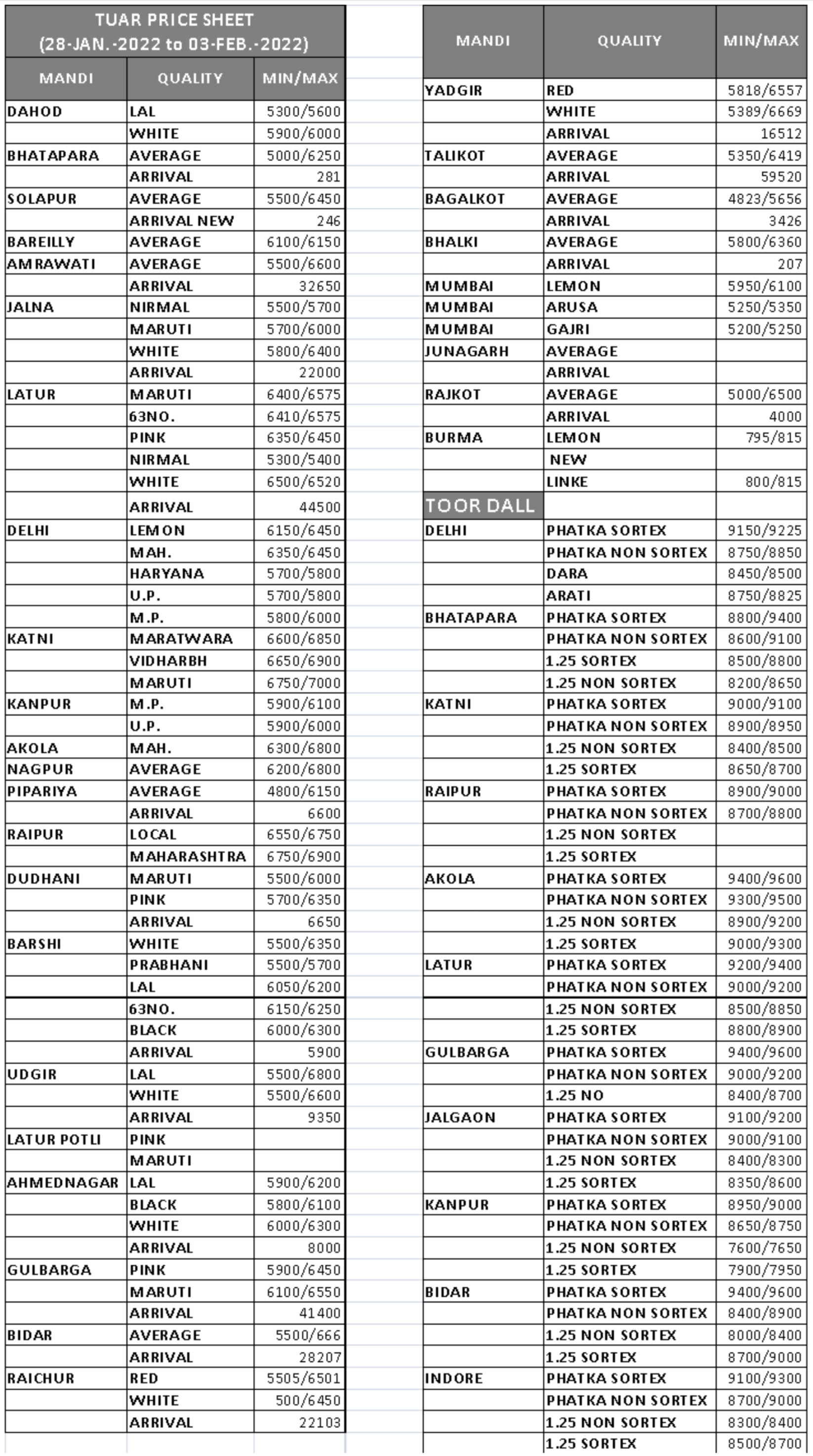
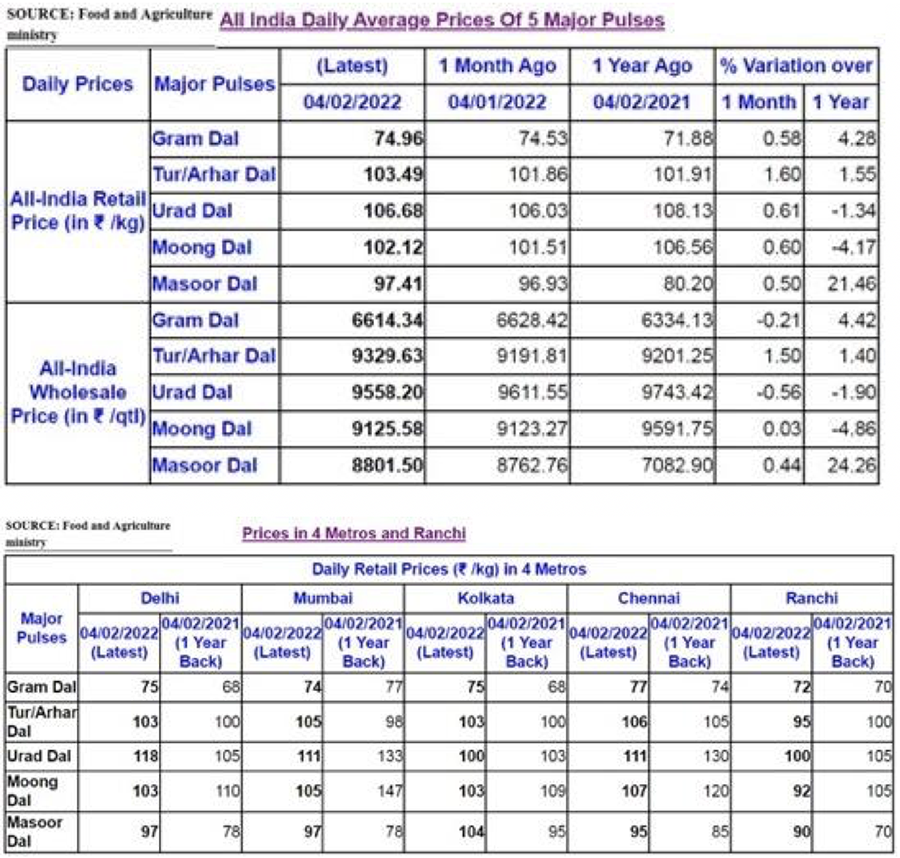

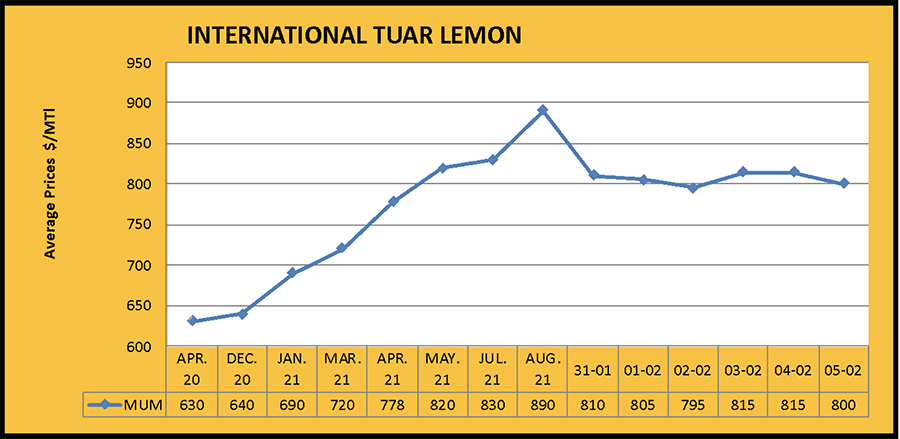
Inflation in pulses has been curbed - Economic Survey
New Delhi. The Economic Survey presented in Parliament showed that the rate of inflation in pulses fell from 16.4% to 2.4% during the period under review.
Rabi Sowing exceeded 70 million hectares
New Delhi. The total sown area of Rabi crops during the current year has increased to 700.83 lakh hectares as of February 4, 2022, which is 10.23 lakh hectares more than the 690.60 lakh hectares sown in the same period last year.
Despite the overall increase, the total sown area of wheat declined from 346.10 lakh hectares to 343.26 lakh hectares and paddy sowing also fell, from 42.67 lakh hectares to 35.19 lakh hectares.
The total sown area of pulses increased from 166.10 lakh hectares to 168.27 lakh hectares and oilseeds also increased, from 83.69 lakh hectares to 102.79 lakh hectares.
The total sown area of coarse cereals fell from 52.03 lakh hectares to 51.31 lakh hectares.
The sowing of rabi crops has officially ended and the next sowing period will be part of the extended rabi or zaid (summer) season crops.
According to the latest data from the Union Agriculture Ministry, the total sown area of gram increased from 110.38 lakh hectares to 114.95 lakh hectares and lentils also increased, from 16.91 lakh hectares to 17.71 lakh hectares. The sown area of peas, however, decreased slightly, from 10.38 lakh hectares to 10.18 lakh hectares and urad also fell from 8.33 lakh hectares to 8.17 lakh hectares. The total area of moong decreased more significantly, from 7.03 lakh hectares to 5.13 lakh hectares.
In oilseeds, the total sown area of mustard jumped from 73.12 lakh hectares to a new record level of 91.63 lakh hectares.
The condition of the crops remains normal and satisfactory.
Government takes steps to control pulse prices
New Delhi. In the Economic Survey for the financial year 2021-22 presented in Parliament, the government outlined the steps it has taken to increase the supply and availability of pulses and control prices. These include the creation of a buffer stock for pulses, an appropriate import policy, the curbing of speculatory tendencies and incentives for promoting production. According to a report, the government procured a good amount of pulses from farmers and Farmers Producers Organizations (FPOs) during the years 2020-21 and 2021-22 to ensure effective intervention in the case of rising market prices, and pulses from the buffer stock were regularly introduced into the market. A target has been set to create a buffer stock of 23 lakh tons of pulses for 2021-22.
The import of tuar and urad has been kept on the deregulated list until March 31, 2022 to help increase supply and availability. The basic import duty on lentils was abolished and an agriculture infrastructure and development tax of 10 per cent was kept in force.
A five-year agreement has been signed with Myanmar for the import of pulses, under which 2.50 lakh tons of urad and 1.00 lakh tons of tuar will be imported. Similarly, an agreement has been signed to import 50 thousand tons of tuar annually from Malawi. The terms of the MOU on the annual import of 2 tons of tuar from Mozambique have been extended for another five years. Futures trading in gram has been banned for one year and a storage limit was also imposed on pulses.
During the Kharif season, the MSPs of tuar and urad were increased by Rs. 300 per quintal while, in the Rabi season, the support prices of gram and masoor were increased by Rs. 130 and Rs. 400 per quintal, respectively.
The domestic market price of pulses has stabilized to a great extent due to government efforts
Jaipur. According to the minister, government procurement of groundnut, urad and mung worth Rs 489 crore has already been carried out in the Kharif 21/22 marketing season in Rajasthan. According to the rules of the Central Government, pulses and oilseeds can be procured for 90 days from the first day of procurement. Accordingly, the procurement process of mung, urad and soybean will continue until January 29 and groundnut until February 15. Farmers who did not get the opportunity to register earlier were given another opportunity.
According to data given by the minister, the total number of farmers registered in Rajasthan is currently 98,149. The quality of mung was affected due to unseasonal rains and the arrival of discoloured and damaged goods is increasing in the mandis. Under the quality criteria of the Central Government, mung with up to 3% damage must be accepted but, in light of the current situation, the Rajasthan government had requested the Centre to increase this acceptance level to 10%. This request, however, was rejected.
According to official data, 41,561 tons of mung worth Rs 302 crore have been procured from 21,900 farmers and 33,647 tons of groundnut worth Rs 187 crore have been procured from 14,814 farmers in the current Kharif marketing season. Online payment of Rs 308 crore has been made in the bank accounts of 23,162 farmers and the payment process is still ongoing. Pulses and oilseeds are being procured from the farmers as per the norms set by the Centre.

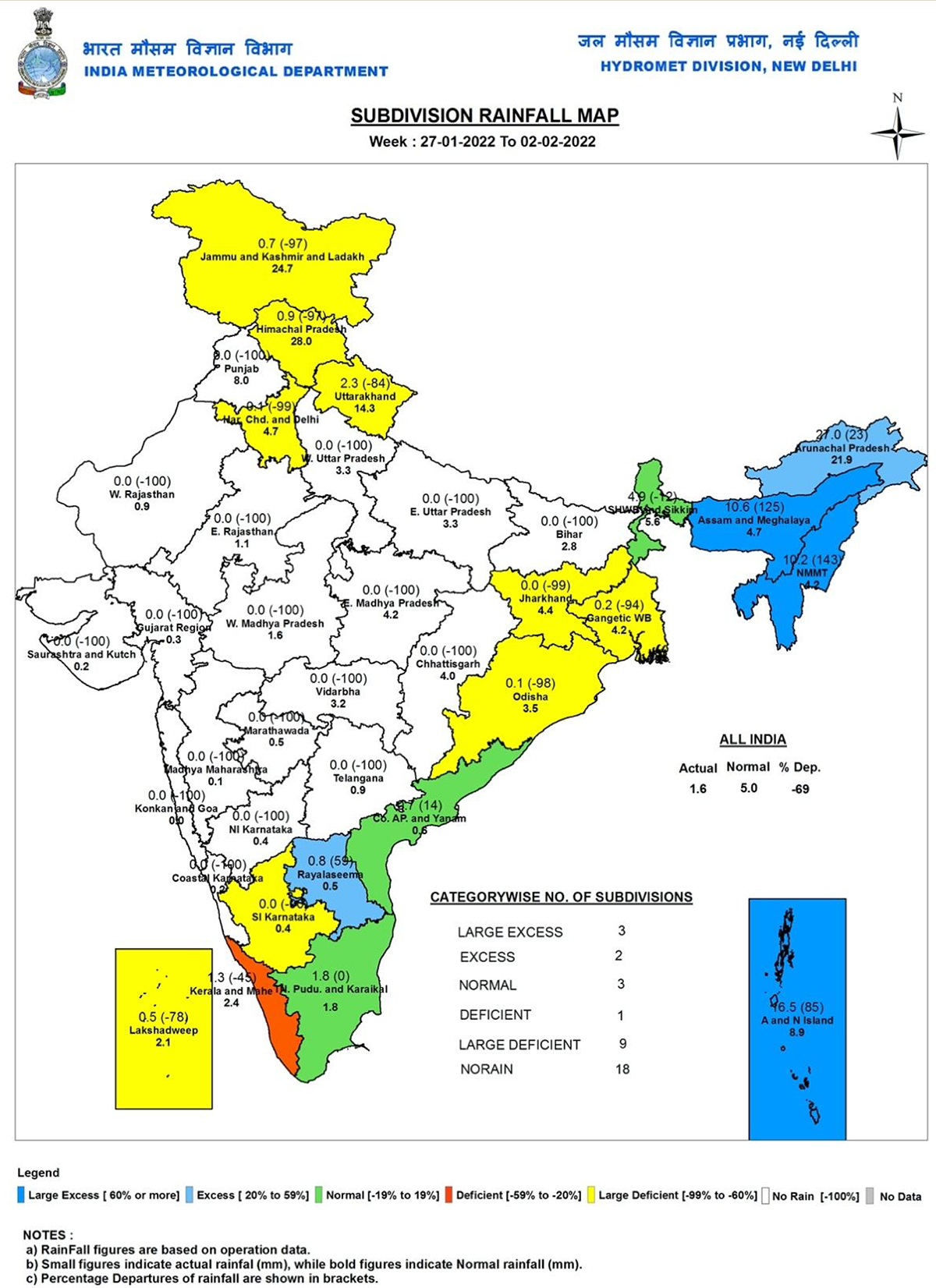
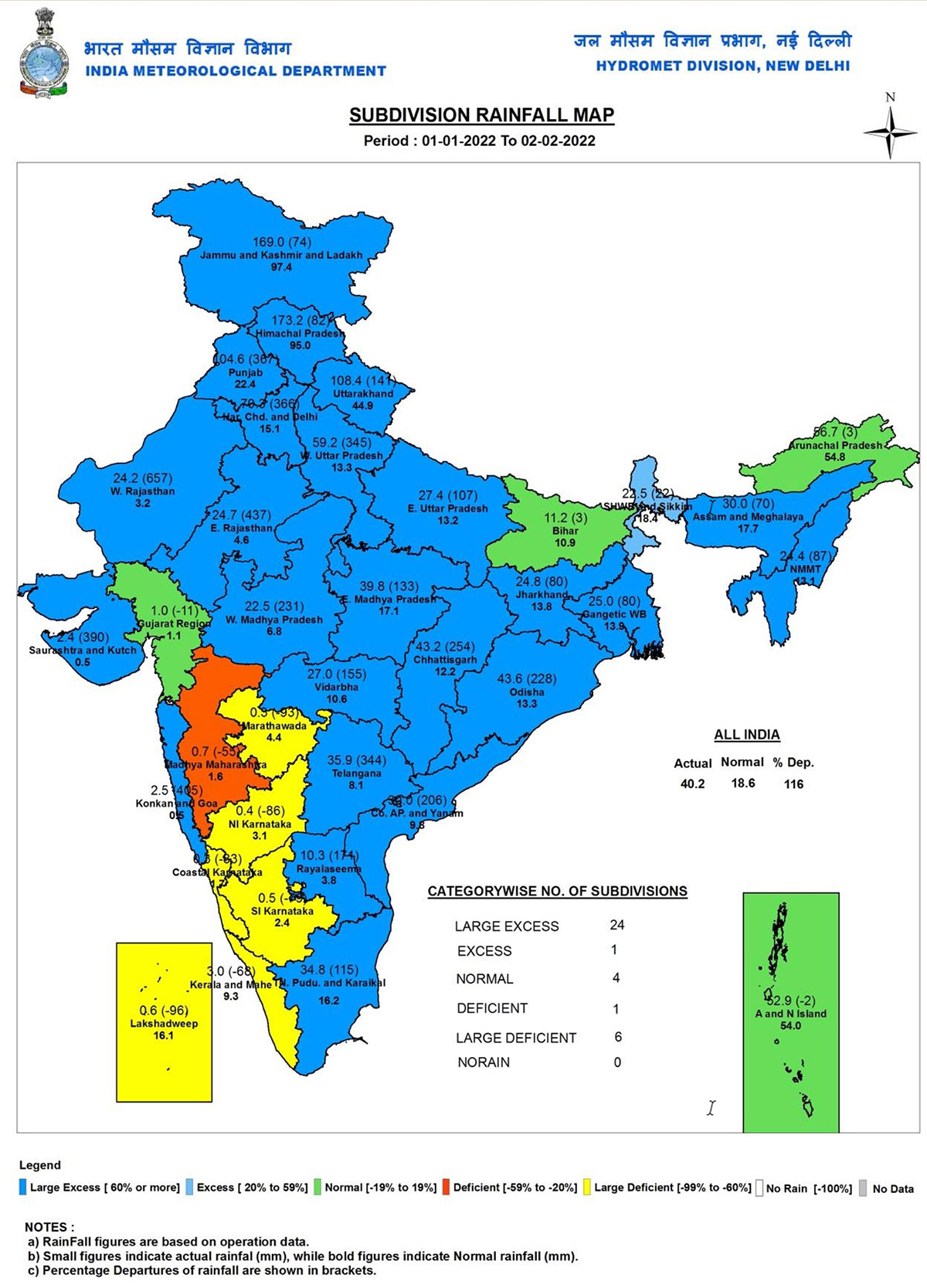


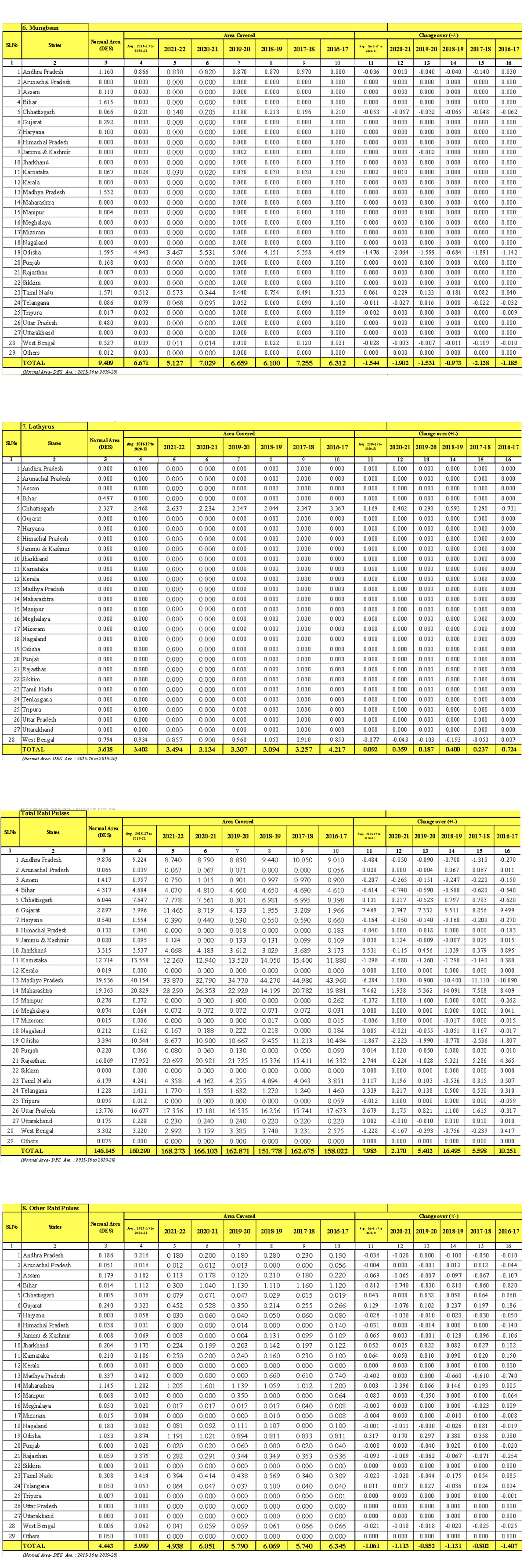

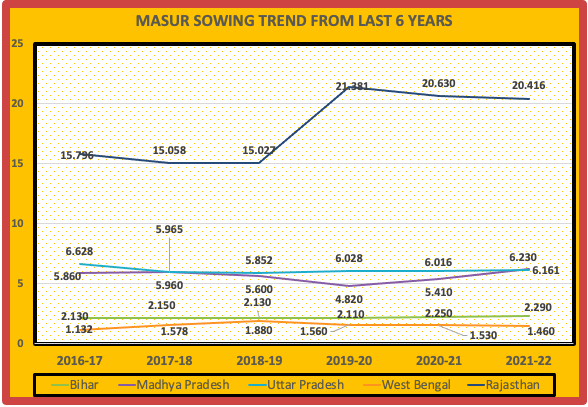
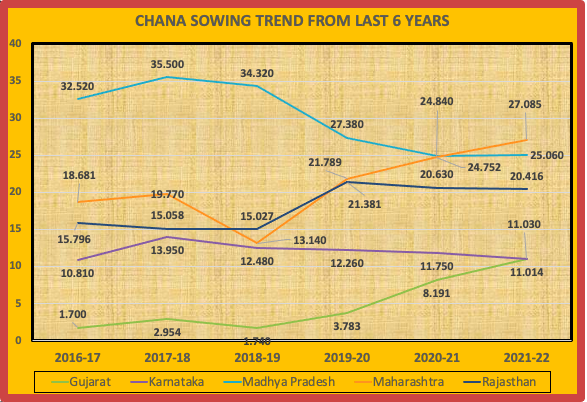
Abbreviations
Tuar/ Arhar: Pigeon Peas PP
Mung: Green Mung
Urad: Black Matpe
Chana Gram: Desi Chickpea
Matar Pea
Masur: Lentil
Besan: Gram Flour
Mandi: Market yard
Bhav: Prices
Dal/Daal: Processed Pulses (Directly for human consumption)
Rs: Indian Rupees (1$=Rs 74.84) 2 Feb, 22 at 06:09 PM IST
Rahul Chauhan
Director, IGrain India
igrainind@gmail.com
+91 9350141815
Twitter igrain_india

IGrain / Rahul Chauhan / India / Mumbai / Burma / Delhi / Maharashtra / Karnataka / Split Tuar Dal / New Delhi / Mung Market / chick peas / desi chick peas / black matpe / mung / pigeon pea / red kidney / cowpea / lentil
Disclaimer: The opinions or views expressed in this publication are those of the authors or quoted persons. They do not purport to reflect the opinions or views of the Global Pulse Confederation or its members.